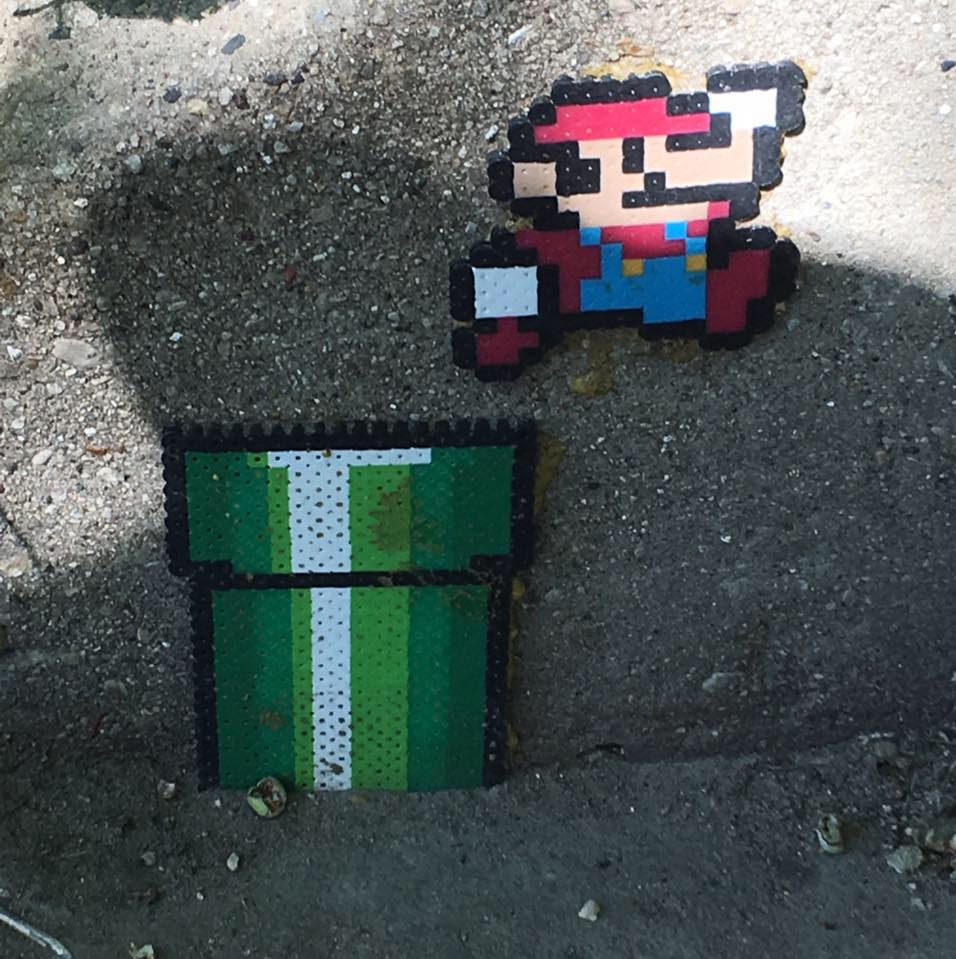cross-posted from: https://derp.foo/post/108276
There is a discussion on Hacker News, but feel free to comment here as well.
Alleged previous attempt: https://www.bilibili.com/video/BV1sM4y1H7MX/
If anyone wants more context on what’s going on with this research, and the potential implications and limitations, I found this write up to be the most informative ones that I’ve come across:
Good article. I also posted an article from The Verge that mentioned a few other details including ease of manufacturing the material easily and cheaply to be effective if the research pans out and positively identifies K-99 as a true room temperature superconductor.
So all this is exciting, but everyone still needs to take the news with a grain of salt. Don’t get discouraged though, it’s a serious breakthrough if the material is truly replicated.
So, I’ve been standing aloof from all this till more experiments had turned out.
This paper’s synthesis makes no sense, you can’t have any kind of uniforms strained lattice that way, so it would have to be a bulk characteristic superconductors which we’ve never seen before, ie resistance is low and on certain crystalline paths becomes fairly superconductive.
Maybe this is a random fluke and once they actually understand the Mechanics they can make a real superconductors through effective fabrication processes, but if anything this reminds me of Shockley’s first point-contact transistor in structure.
I’m still trying to not get too excited but its getting difficult with all the new videos and replications. We’re getting close to real world hoverboards!
hoverboards are nice and all but if this helps us with nuclear fusion itll be a world changer.
Fusion and compact magnetic imaging, we’d have a tricorder and a path to a: higher density magnetic storage, 2: possible magnetic fabrication, via precise layer deposition.
Supercapacitors should be interesting too.
Terrestrial fusion achieves very little that using the existing fusion generator we have does not do better.
Evidence that the class of materials is a thing is decently solid so far (but will still take a few months to confirm).
The hard bit of finding a process or another material in the class with a yield of more than a couple of milligram specks per kg of input starts after that.
Plus even then, the anisotropy (it only works in one direction) will give it some odd limitations. Still really cool though
Neat
I hope to see more of this as time goes on
If this is actually real this is HUGE
So they can make superconductors, but can not host high quality video somewhere belivable and use tiktok and bilibili?





